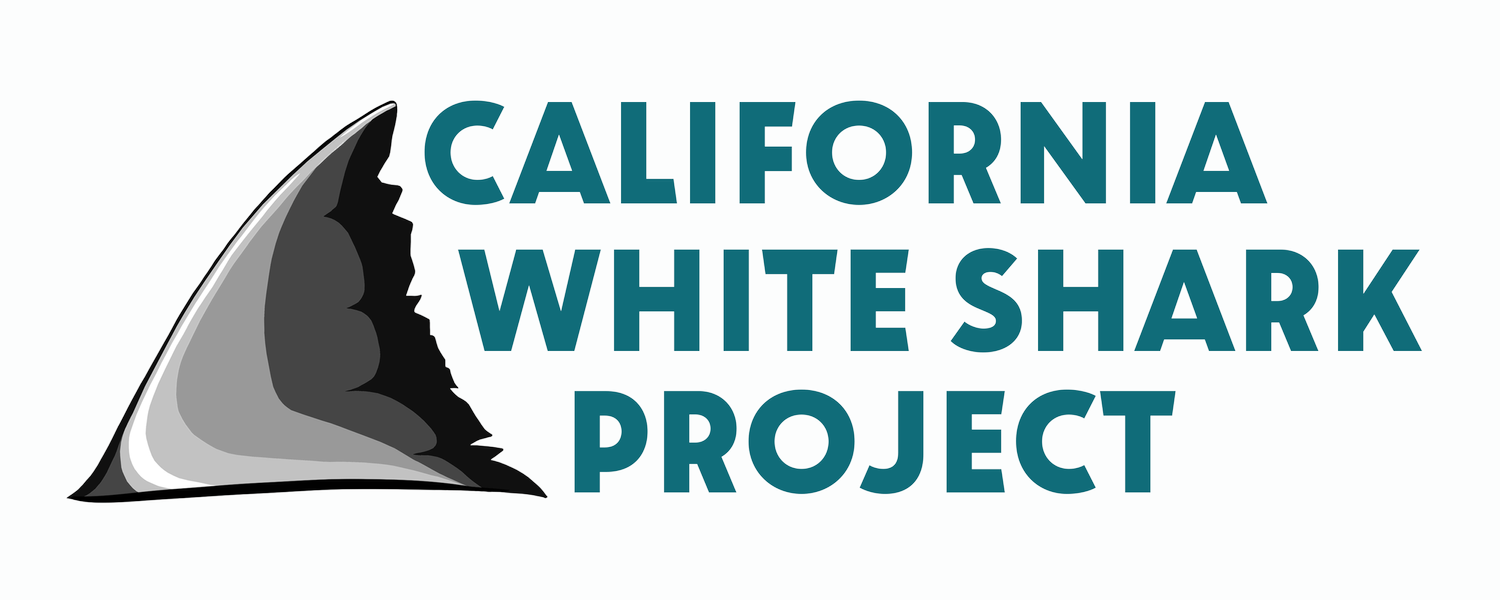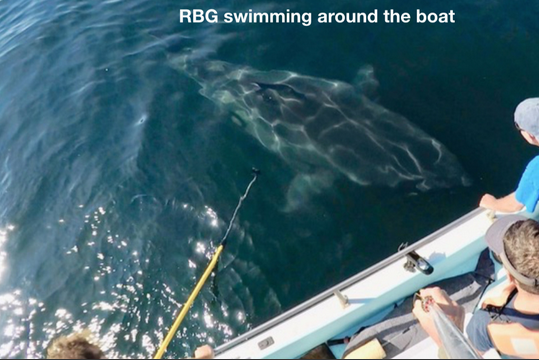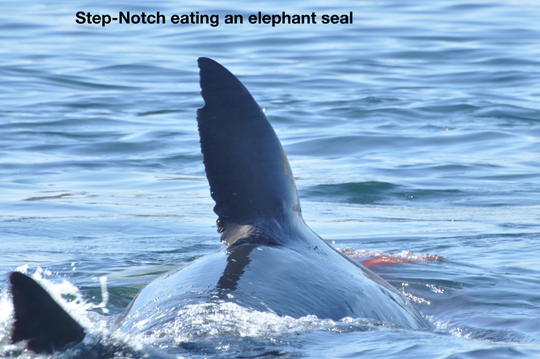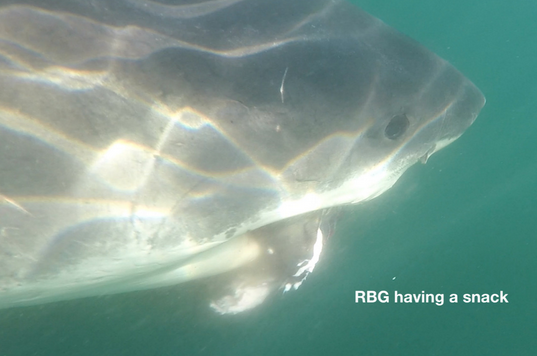October 30, 2020
Hi Everyone,
Thanks to the generous donations so far we have been able to get some time on the water at both Tomales Point and the Farallon Islands allowing us to make some interesting observations. Typically in late October and early November, adult white sharks are usually at their highest densities around our sampling locations. However, for some reason, we are not seeing sharks off Tomales Point this year. In past years in October, we could see up to 10 sharks per day, but 2020 keeps on surprising us. We don't really know if something is drawing the sharks away or if there is something about Tomales this year that is unattractive.
The Farallon Islands are another story. We have made 4 trips out to the island so far and have seen 14 individual white sharks over that time! The Farallon Islands typically hosts the largest sharks in the northeastern Pacific. From our observations over time, we see some sharks exclusively at the 'coastal' sites, meaning that they are only seen along the coastal aggregations at Tomales Point and Año Nuevo and are never seen at the Farallon Islands. However, occasionally we witness sharks that 'graduate' to the largest demographic, joining those who can exploit and compete for the rich resources of elephant seals and sea lions at the Farallon Islands.
One shark I would like to highlight is a 17 ft female that was seen for the first time at Tomales point in 2010 and was also seen again at Año Nuevo in 2012 and 2013. For the first time, we saw her at the Farallones on October 23rd and based on her girth, it is obvious that she is a successful hunter. We don't name all the sharks in our database but sometimes there is a name that fits the shark. In this case, as this shark has successfully graduated into the most competitive aggregation site, we decided to name her 'RBG' in honor of the late Supreme Court Justice.
Another highlight so far happened on October 28th. We were lucky enough to witness a predation on an elephant seal by one of the largest sharks in our database, Step-Notch, an 18 ft female. We estimate the elephant seal started off around 400-500 lbs. Step-Notch ate most of it by tearing large portions of the carcass off by biting and thrashing, enabling the extremely sharp and serrated teeth to portion chunks small enough to swallow. She must have been full because after about 30 minutes, she went deep leaving about 75-100 lbs of the carcass at the surface. We watched the carcass hoping she would come back or another shark might find it. After lingering for about 20 minutes, we were elated to see RBG show up to finish off the elephant seal!
Thank you again for your contributions to allow for this research to happen!
Paul



